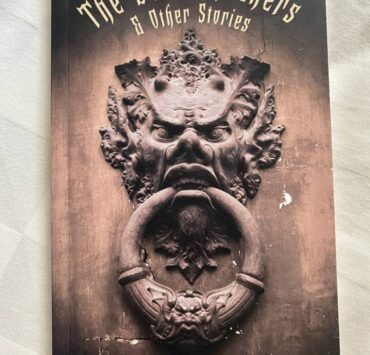A moving experience rich in cultural wisdom, literary depth
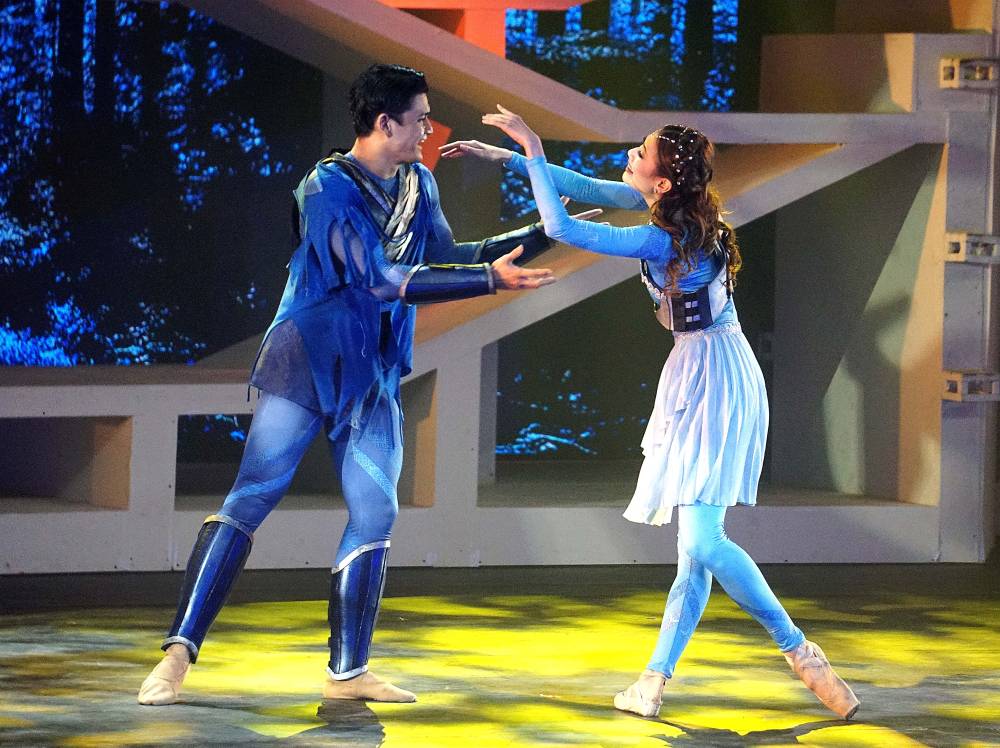
Ballet Manila’s reimagined production of “Florante at Laura” invites audiences to take a fresh look at Francisco Balagtas’ narrative poem. Through a blend of music, dance and visual arts, the ballet transforms the story into a moving experience rich in cultural wisdom and literary depth. The unexpected turns of the plot are sure to keep audiences captivated.
Artistic director and CEO Lisa Macuja-Elizalde assembled a team of topnotch creatives to bring this epic to life. Libretto consultant Dr. Michael M. Coroza streamlined Balagtas’ narrative while preserving its essence. To enhance audience understanding, a series of Coroza’s essays exploring the story, characters and enduring relevance of this 186-year-old masterpiece have been uploaded to balletmanilaarchives.com.
Destiny’s hero
The story follows Florante, a young man who, at just 17, is appointed general of the Albanian army despite his youth and inexperience. A royal dream foretells his destiny as protector and future king. Guided by fate, Florante’s victories, survival and love for Laura, the princess of Albania, all seem preordained. Even the timely interventions of his friend Menandro when Florante faces danger appear to be part of this divine plan.
However, Florante’s destined path fuels Count Adolfo’s jealousy and ambition, ultimately leading to rebellion against the king. Adolfo’s refusal to accept this divine will sets the stage for conflict.
Balagtas’ work serves as a powerful cautionary tale, highlighting the consequences of defying fate and the perils of unchecked ambition, said Coroza.
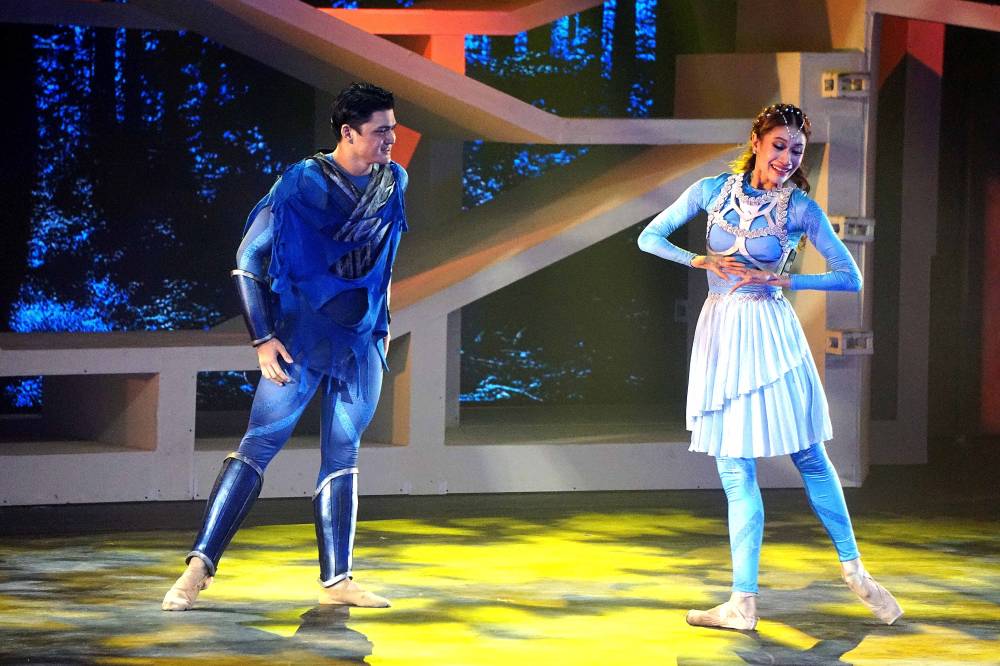
Other characters play significant roles in the subplots. Aladin, the noble son of the wicked Sultan Ali-Adab, remains loyal to his father despite his abuse. He rescues Florante, a Christian, from lions, demonstrating his compassion and bravery.
The heroines, Laura and Flerida, are sought after by egotistical men. Laura is pursued by Adolfo, who usurps the throne of Albania, while Flerida is desired by Aladin’s father. Balagtas portrays Laura as defiant. When Adolfo attempts to force himself on her, Laura resists until she is brought to the forest. Flerida, who initially searches for Aladin, miraculously arrives and shoots Adolfo, saving Laura from violation.
Musical masterpiece
Balagtas’ vision of love and war finds its musical counterpart in this Filipino ballet. National Artist Ryan Cayabyab’s composition and scoring make for a visceral tapestry of diverse melodies, putting ballet back as a theater art and not just a spectacle. The luxurious orchestration reflects 50 years of his intimate ties with instruments such as the piano, cello and favorite solo instruments such as the violin, oboe, flute and English horn.
Cayabyab matched the romance and grandeur of the story by adopting the classic Hollywood style of film scoring. Inspired by the pioneering work of Max Steiner, who composed film music for the era of symphony orchestra accompaniment, Cayabyab employed the leitmotif, a musical theme associated with a specific character that provides audience insight. This classical style stems from the 19th-century German composer Richard Wagner’s “school” of recurring themes in his music dramas.
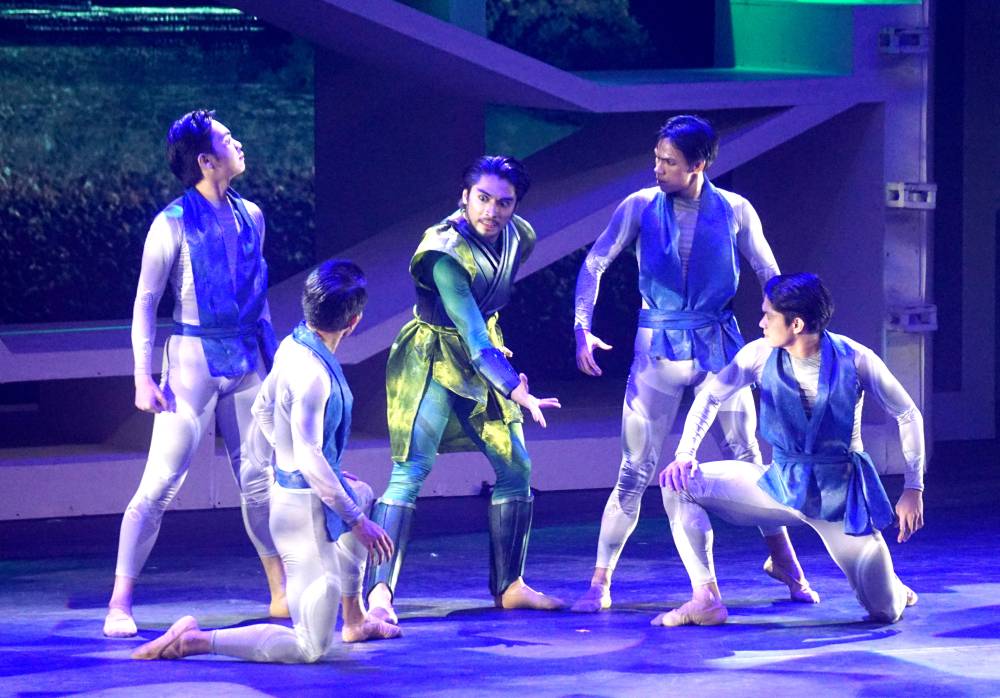
The composer described creating the score for “Florante at Laura” as a delightful romp compared to local film scoring. He enjoyed experimenting with various musical themes, some of which incorporated elements of Albanian and Persian music.
Cayabyab highlighted the pas de trois between Aladin, Flerida and Sultan Ali Adab as a particularly evocative scene. This interaction reveals Aladin’s heartbreaking predicament, as his father’s desire for the woman he loves adds a layer of complexity to his character.
The musical score, a blend of action, royalty and festivity, suggests familiar Hollywood tropes often imitated in older local films.
Cayabyab recently worked with the Orchestra of the Filipino Youth on Alice Reyes’ Dance Philippines’ “Rama Hari,” composing the music. It was a natural choice for the composer to collaborate with these young musicians with his son, Toma, as conductor.
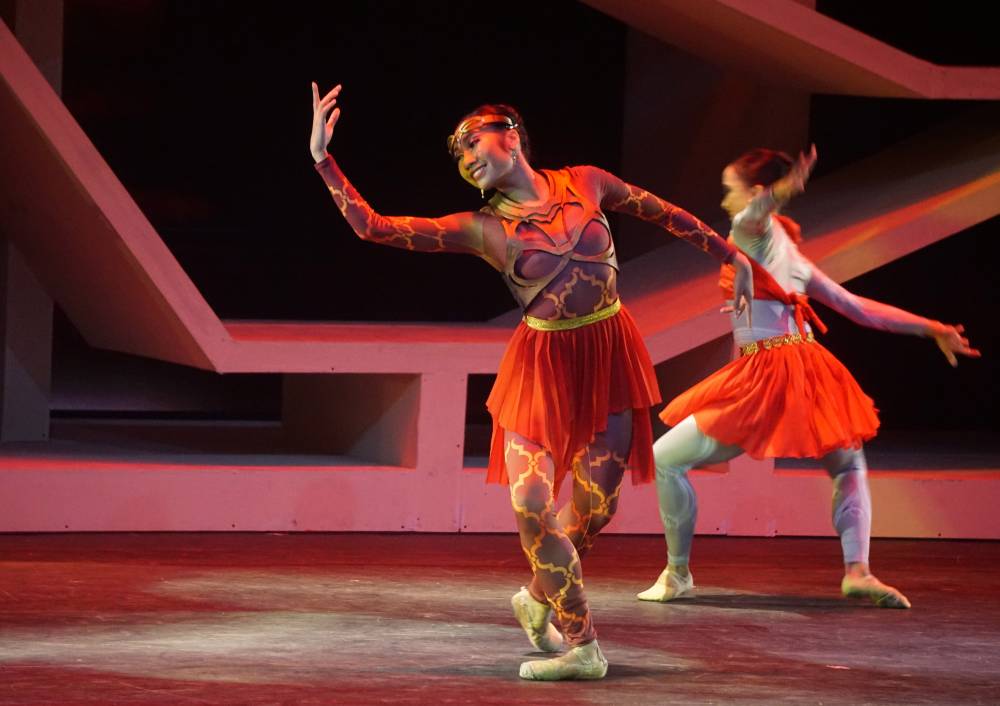
Energy
Choreographer Gerardo Francisco’s signature angular movements were charged with the energy that pulsed through the dancers’ limbs. The war sections evoked the raw intensity of movie battle scenes, with dancers moving across the stage with a physicality that was both aggressive and earthy. They attacked with a rugged force, throwing themselves into the action with reckless abandon.
Cochoreographer Martin Lawrance’s choreographic style was refined and elegant, with thoughtfully constructed passages. The lyricism was born out of the use of gravity rebounded by breath and suspended movements. In the vein of a metrical romance, the lovers’ interactions were marked by emotional restraint, reminiscent of the formal dances performed in European royal courts.
As Florante, a more artistically mature Joshua Enciso raised the bar. Abigail Oliveiro seemed born to play Laura, radiating luminosity and effectively showcasing the contrast of vulnerability and strength. Stephanie Santiago’s Flerida was expectedly powerful and urgent.
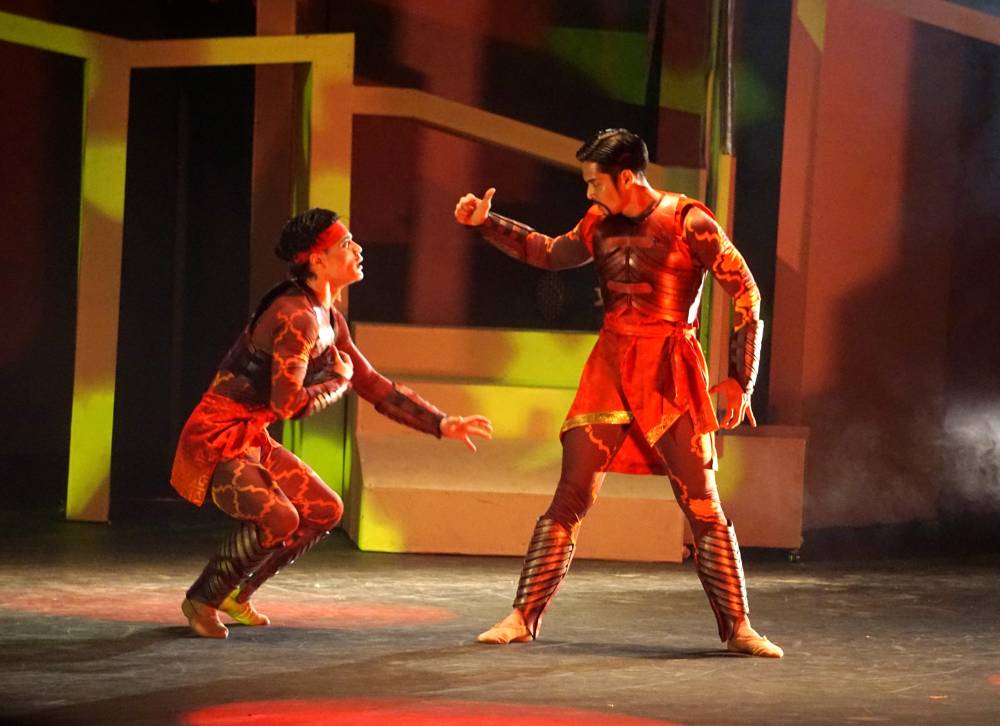
Noah Esplana had the stage presence but was still working on fully embodying Aladin. Although Mark Sumaylo played the ruthless Sultan Ali-Adab to the hilt, his overhead lifts remained remarkably silky.
Romeo Peralta portrayed the villain with a nuanced performance, avoiding excessive theatrics.
Fly in the ointment
The real stars were BM’s ensemble, whose secure technique and athleticism were on full display in their warrior stances and breathtaking leaps. Scenographer Mio Infante’s irregular perforated platform served as a slide in battles, a rocky terrain in the woods, the high position of royalty.
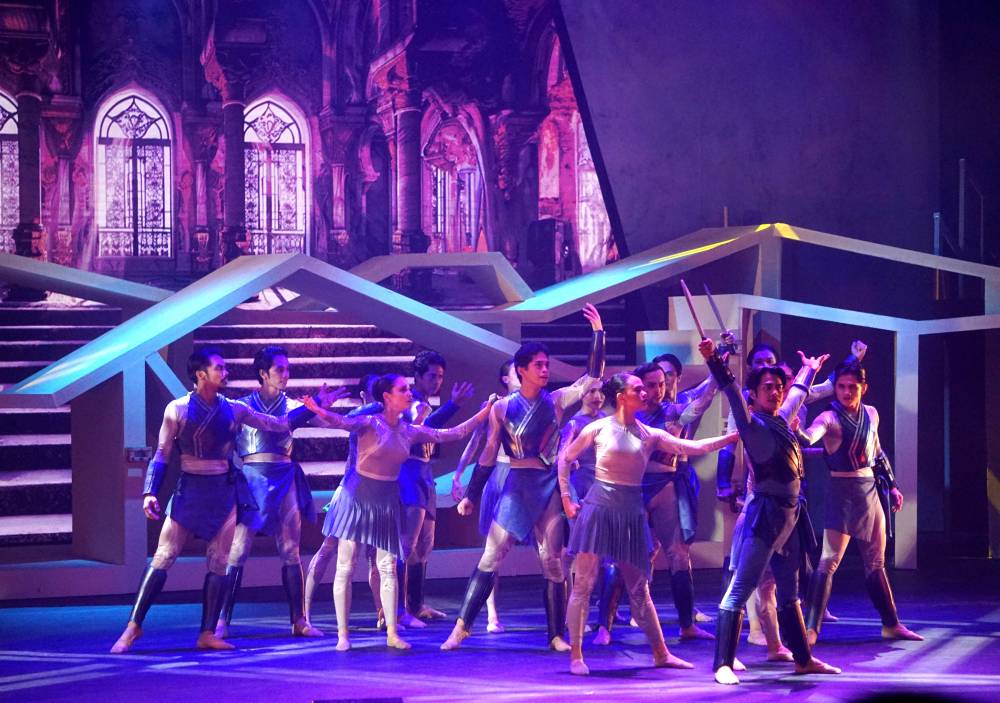
However, the lighting design was a fly in the ointment. It was overly literal, matching the color of the Persians’ costumes with red lighting and the Albanians’ blue costumes with blue lighting. This approach drew attention to itself rather than serving its primary function of illuminating the performance.
The use of gobo effects, projected disc patterns on the dancers and the floor, was overkill. During scenes of Adolfo and his minions’ meetings to overthrow the monarchy and Florante and Laura’s wedding, the effects were purely decorative. Comparing performance shots taken by different photographers, it became evident that the lighting plan was uneven, resulting in shadows on the dancers’ faces.
While the production’s overall artistic vision was exciting, the lighting design unfortunately detracted from the overall experience. A more nuanced and subtle approach to lighting would have enhanced the visual impact and allowed the performers to shine even brighter.
Ballet Manila’s “Florante at Laura” returns onstage at Arete at the Ateneo de Manila University Nov. 22 to 24.














